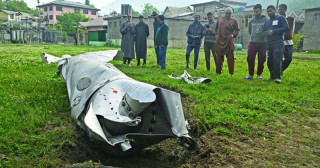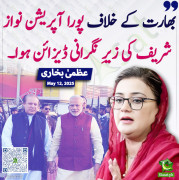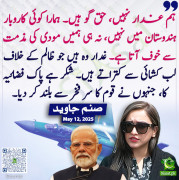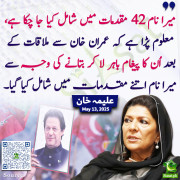uetian
Senator (1k+ posts)
Global Hunger Index 2013 released !
Higher GHI value indicates higher percentage of population "suffering" from hunger.
India 16th "most hungry", Bangladesh 21st, Pakistan 22nd "most hungry".
During last 15 years:
India reduced her GHI from 33 to 21 (33%) and Bangladesh from 37 to 19 (almost 50%).
But our government reduced it from 25 to 19 (only 24%) :(:(.
Link: http://www.ifpri.org/ghi/2013/global-regional-national-trends

- Featured Thumbs
- http://thinkloud65.files.wordpress.com/2011/07/hunger.jpg
Last edited:








































